1914/1918
NOT THEN, NOT NOW, NOT EVER
The 100th anniversary of the end of the First World War is being commemorated on 11 November 2018. On this occasion, the “1914/1918 – Not Then, Not Now, Not Ever” exhibition is showing works by internationally renowned artists that take a very special stand for peace one century after the end of the war. The exhibition includes works by Christian Boltanski, Monica Bonvicini, Tony Cragg, Ilya & Emilia Kabakov, Anish Kapoor, Jana Sterbak, Roman Ondak and Günther Uecker, among others. The joint art project will be revealed in advance of the parliamentary commemoration on 9 November in the German Bundestag.
ADVANCE PRESS VIEWING: 07.11.2018, 4pm
Only with accreditation: www.bundestag.de/presse/akkreditierung
OPENING: 07.11.2018, 5pm (with invitation)
Parliamentary commemoration on 9.11.2018
DURATION: 10.11.2018 – 06.01.2019
VENUE: German Bundestag, Reichstag building, Berlin.
Viewing only possible in context of a guided tour.
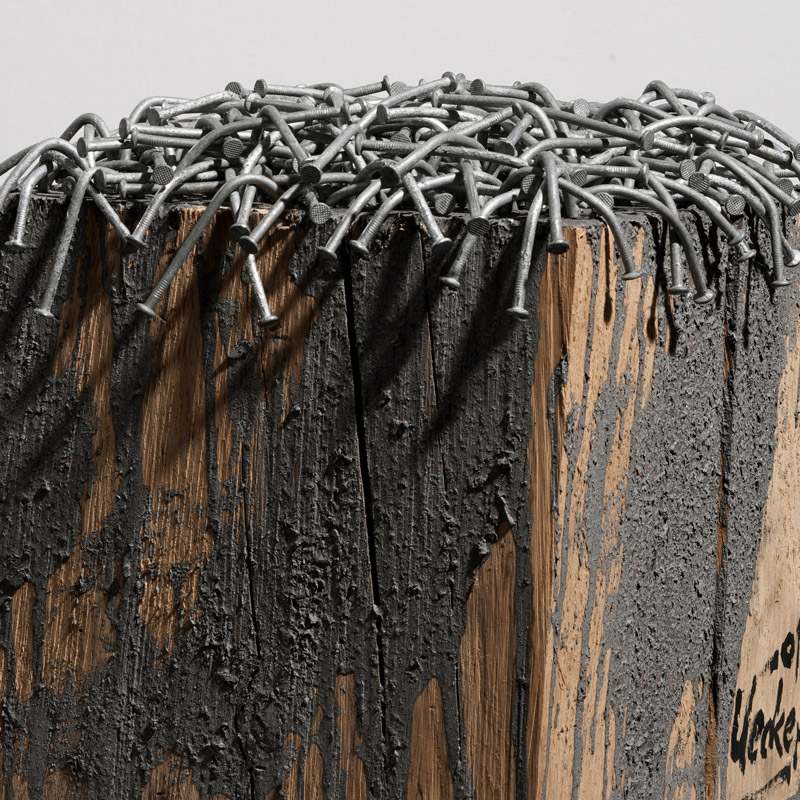
Günther Uecker

Fiona Hall
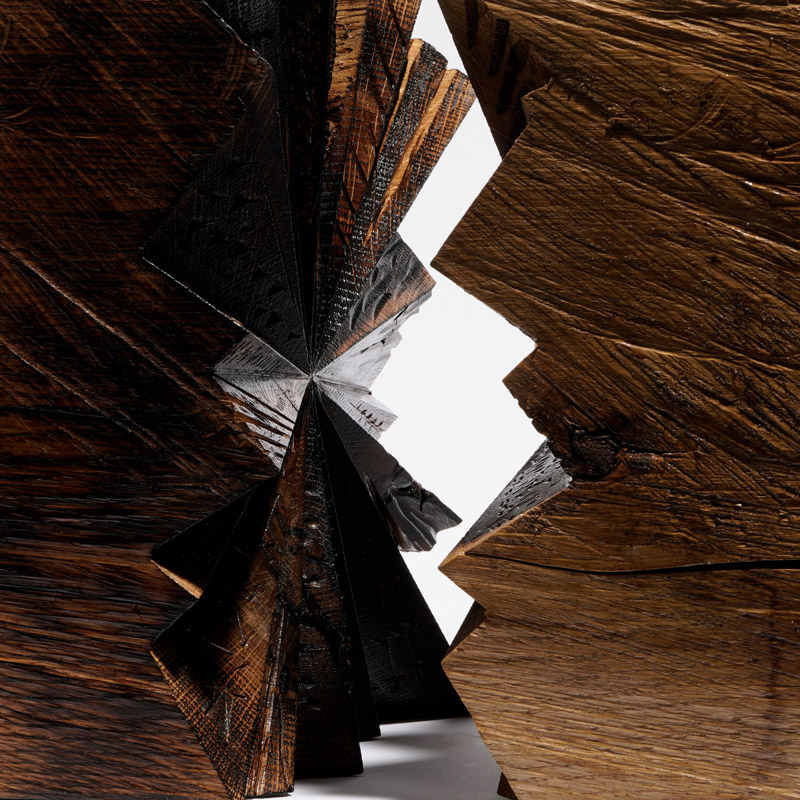
Jean Boghossian
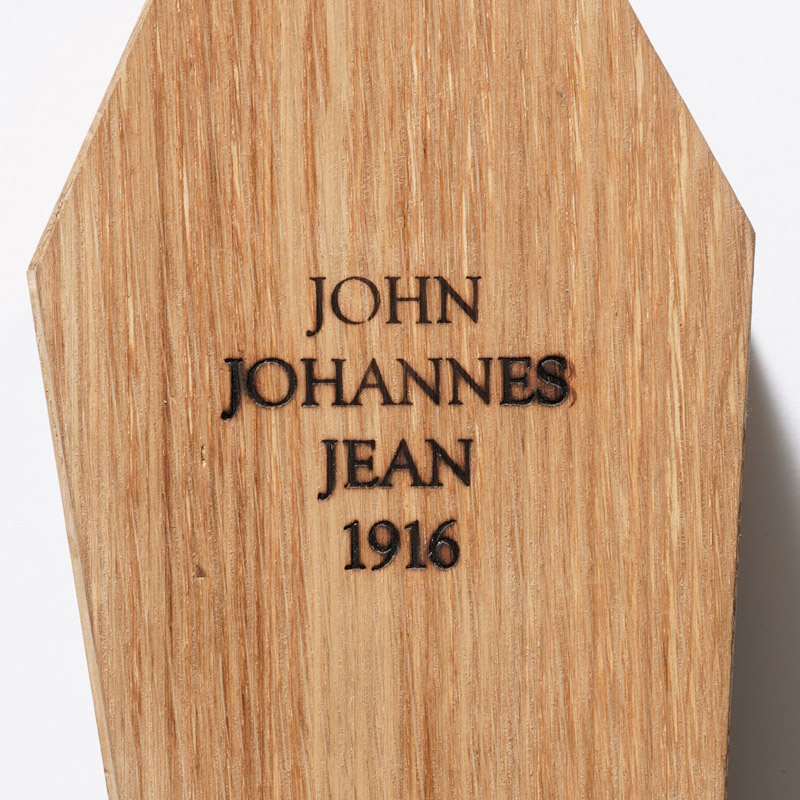
Sean Scully
In the context of “1914/1918 – Not Then, Not Now, Not Ever”, 31 highly symbolic icons for peace will be created, designed by artists from the 31 nations that were militarily involved in the First World War. Twenty-nine nations signed the peace treaties of the Paris Peace Conference. Russia and Ukraine had already concluded separate peace treaties. The exhibition title can be traced back to the book “Toen niet, nu niet, nooit” of the Dutch sculptor and resistance fighter Truus Menger-Oversteegen.
All 31 works have one thing in common: the respective starting points are square blocks of oak (30 x 30 x 30 cm), which are made available to the artists to design individually. The wood originates from a contested section of the front in Alsace, and still bears traces of the war. Injuries to the wood, the encapsulated remains of metal projectiles and black discolouration make the wooden elements both relics and witnesses of the war. Thirty-one entirely different works of art have originated from the originally uniform blocks. Thus, the wood is designed with text, painted as a “canvas” or placed in a box as a sculpture. The New Zealand artist David McCracken transformed the block into wood wool and embedded a bomb-shaped sculpture on top of it.
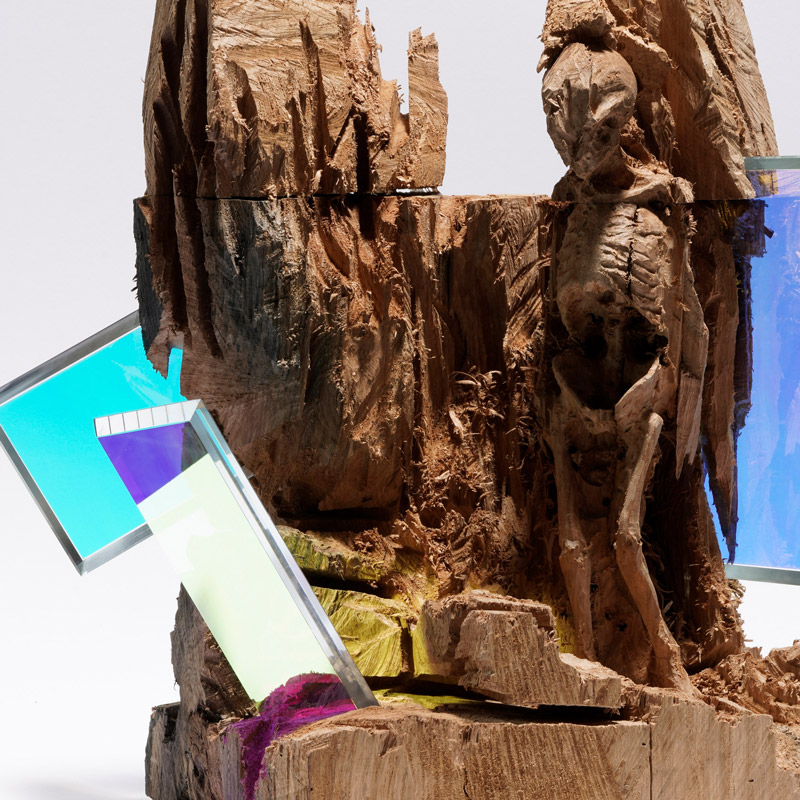
Wim Botha
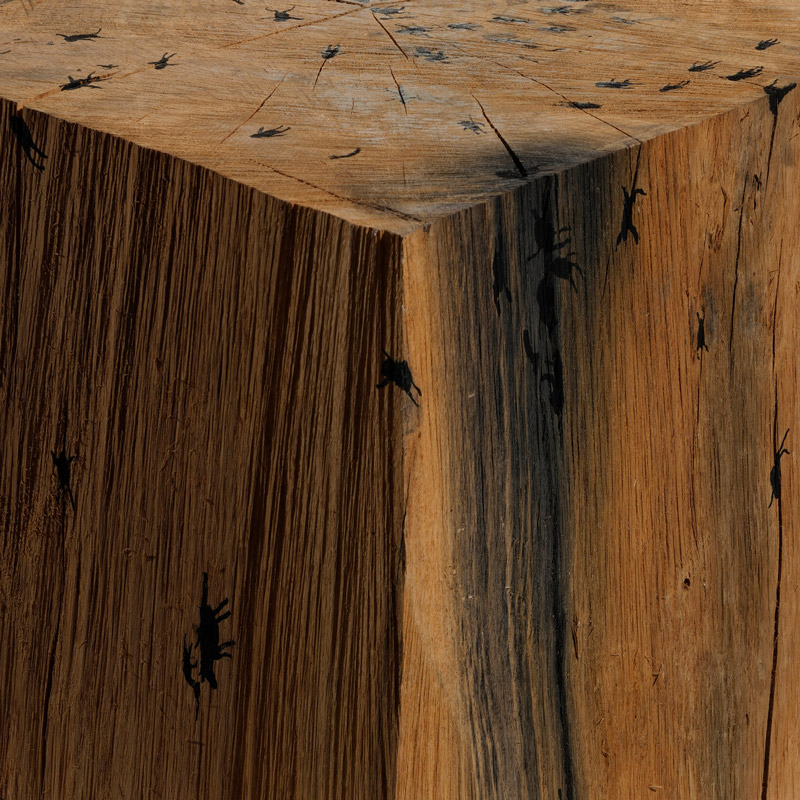
Nedko Solakov
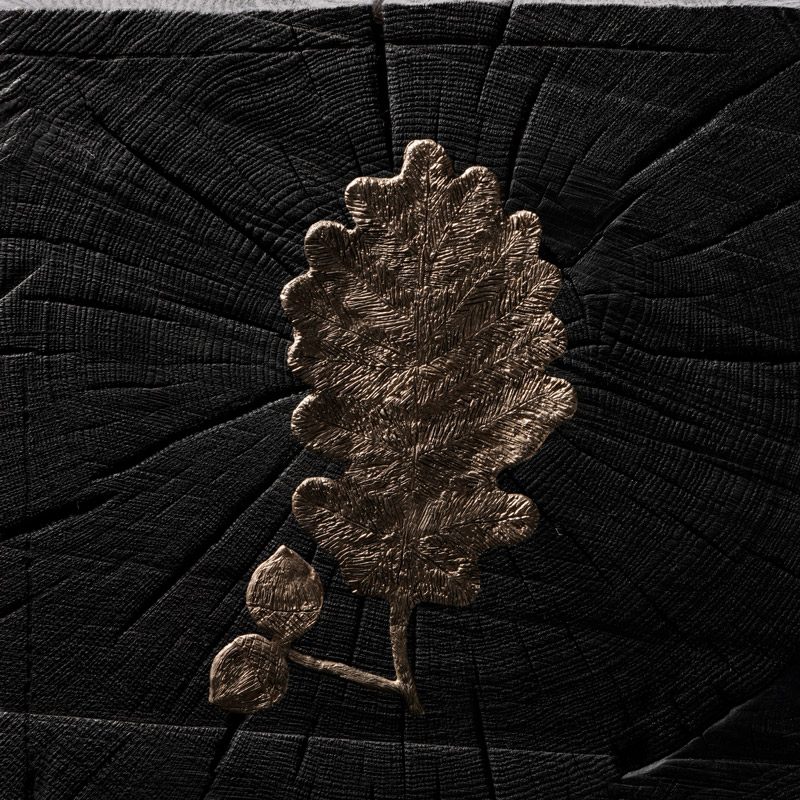
Kiki Smith
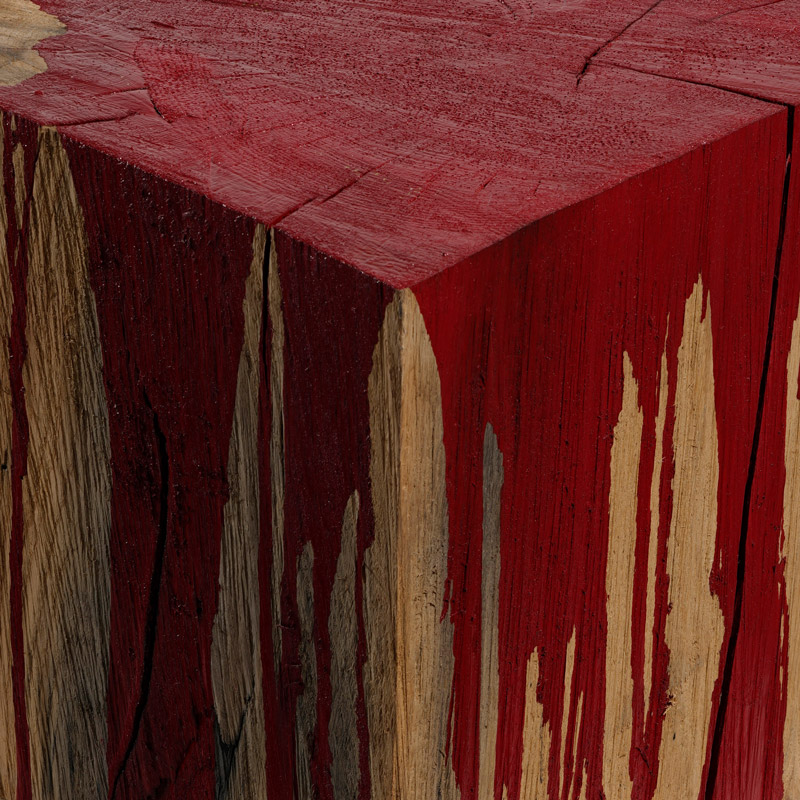
Hermann Nitsch
Stored in a wooden transport crate, the bomb seems like a commercially available object to be transported over a long distance. Jana Želibská (Czech Republic) sculpture group under Plexiglas unites withered wood, raven figures and a metal skull to form an allegory of death. IRWIN from Slovenia uses the pedestal as a kind of advertising pillar bearing the inscription “Time for a new state. Some say you can find happiness there.” The red paint poured over the wooden block of the Austrian artist Hermann Nitsch reminds of the brutality of war. Jean Boghossian (Armenia) has divided the block into two halves, which stand opposite one another, contrary but appropriately: “These two worlds have the possibility to adapt perfectly to one another, in order to form a world of harmony and peace. Presented separately and facing one another, they observe these worlds reciprocally, but because their edges appear threatening, they evoke premises of aggression and conflict.”
“The variety of forms of expression were important to us when selecting the artists”, says curator Mattijs Visser. “Several works have strong connections with the horrors of war, while others express hope and freedom.” The reference to the historical locations is especially important to the osnabrücker Volker-Johannes Trieb, who initiated the project. He would like to create a consciousness, both for the far-reaching historical event, as well as for its consequences, which extend into the present. The “1914/1918 – Not Then, Not Now, Not Ever” exhibition can be viewed in the context of guided tours through the German Bundestag from 10 November 2018 to 6 January 2019. It will then subsequently be shown in cooperation with the UN in its New York headquarters, and should set an example for peaceful coexistence without violence.